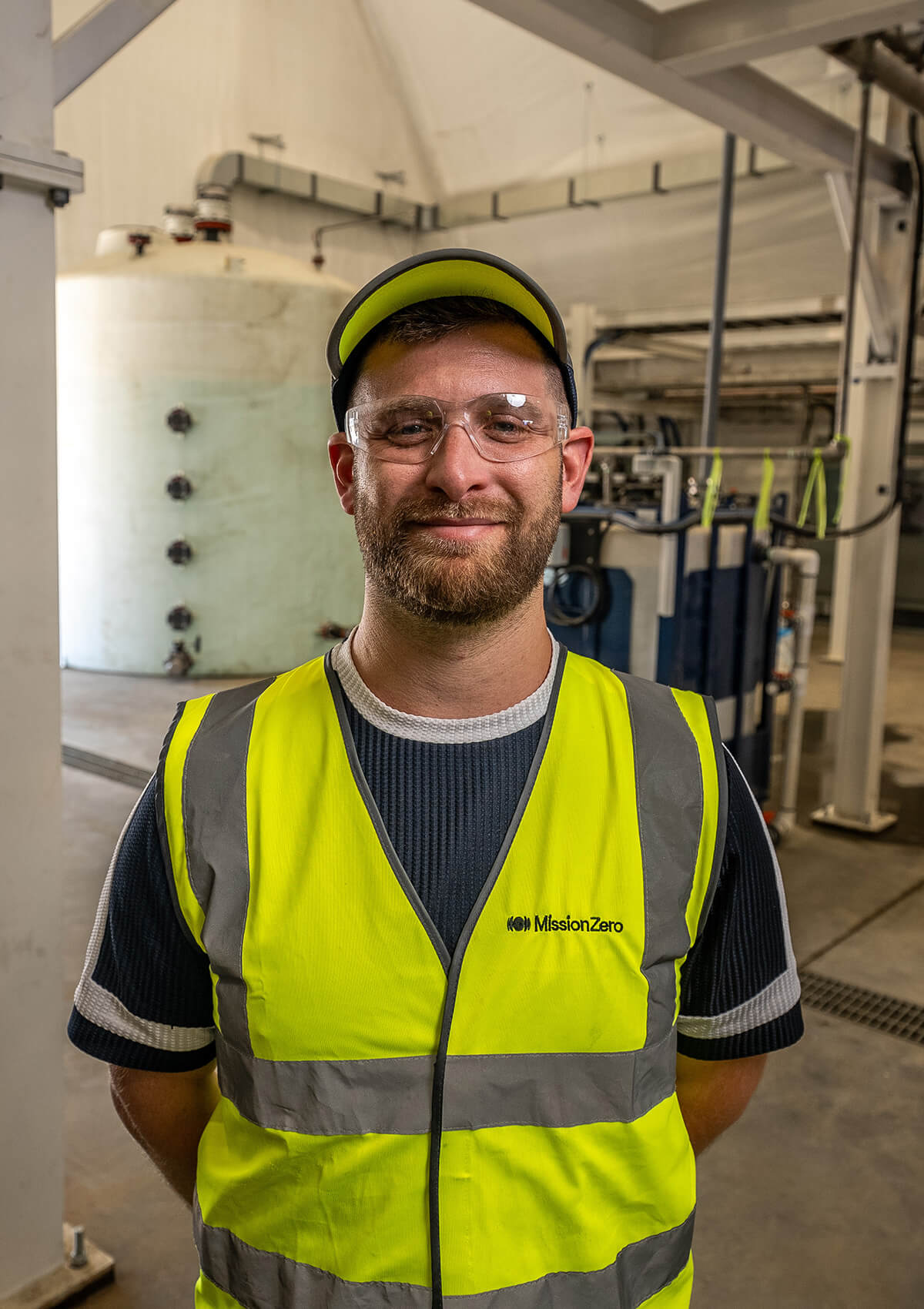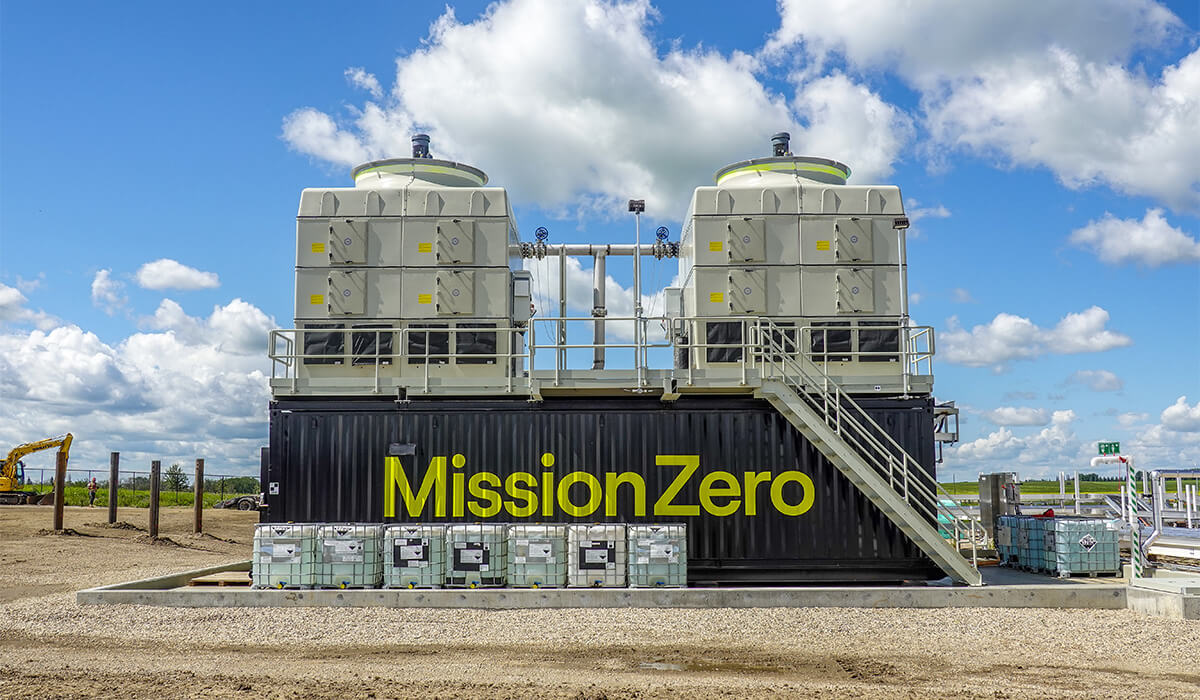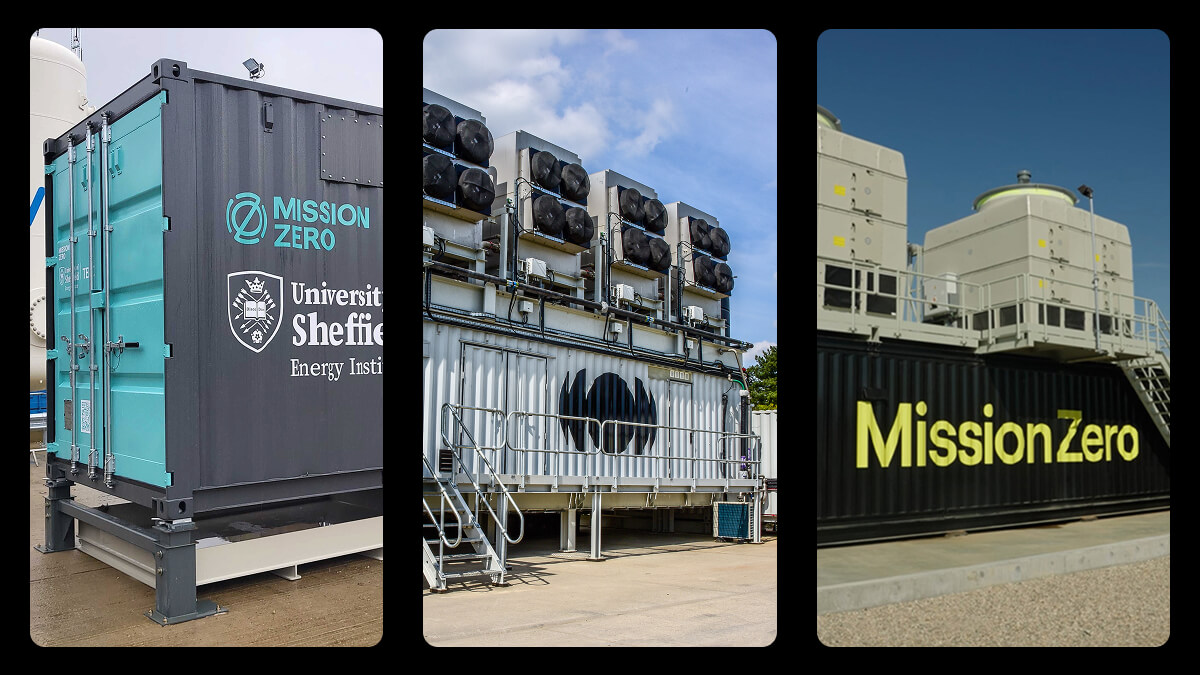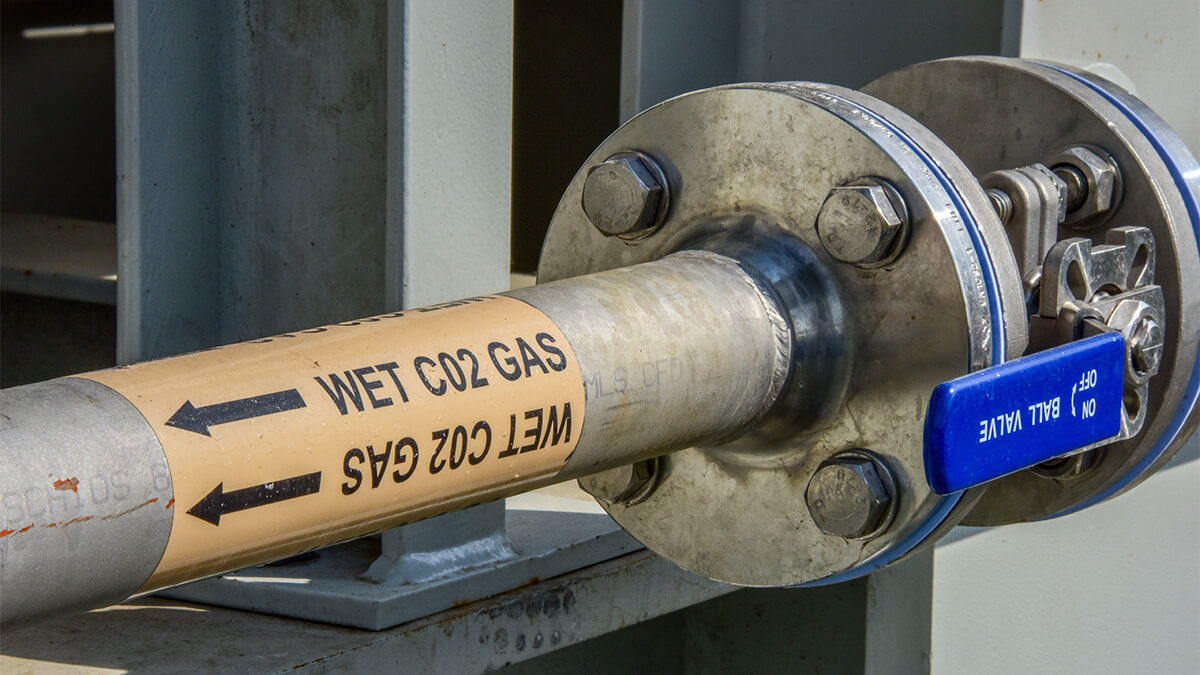We’ve officially switched on our third direct air capture (DAC) system — marking our first international deployment — at Deep Sky’s flagship carbon removal project in Alberta, Canada.
Deployed rapidly in the space of 10 months, this milestone builds on the momentum from our two operational systems in the UK and marks the third market application of our versatile DAC technology.
From sky to storage
Our system at Deep Sky Alpha is designed to recover up to 250 tonnes of CO₂ per year directly from the atmosphere. That CO₂ will then be permanently stored underground once the Alpha site becomes fully operational later this summer, delivering high-quality carbon removal credits to Deep Sky’s early buyers.
Powered entirely by solar energy, our heat-free, electrochemical technology was chosen by Deep Sky because it offered a credible pathway towards low-cost, energy efficient carbon removal at scale. This latest deployment marks a significant step in demonstrating how direct air capture can work seamlessly with carbon storage infrastructure — helping to scale a high-impact carbon removal pathway that’s incredibly durable and easy to measure.
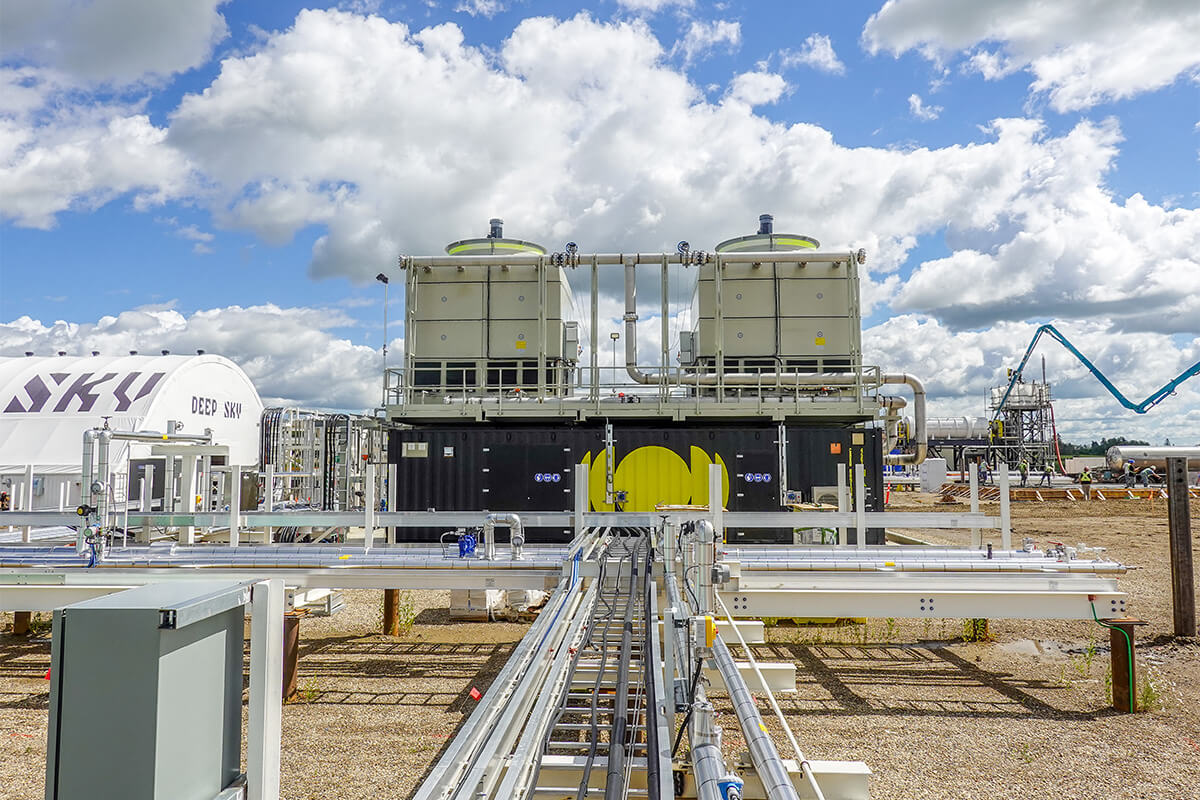
Accelerating the path to low-cost, high-volume DAC
Representing our third DAC system and first outside the UK, this deployment builds on the experience and learnings we have already developed through our two operational systems.
Our second plant, deployed in May 2025 in partnership with O.C.O Technology (O.C.O) and the UK Department of Energy Security and Net Zero (DESNZ), is the world’s first fully integrated DAC-to-building materials production demonstration. Like our third system, it is also capable of recovering around 250 tonnes of atmospheric CO2 per year, and supplies this directly into O.C.O’s production facilities to create carbon-negative limestone. This material durably locks the CO2 out of the atmosphere for thousands of years and can be used to decarbonise essential building products, including bricks, concrete blocks, tiles, and slabs.
Our first plant, deployed with the University of Sheffield in 2023, recovers 50 tonnes of atmospheric CO2 annually for the production of jet fuel made from air. In contrast, our latest system in Canada can recover five times more carbon and is 60% cheaper than our first deployment. This underscores Mission Zero team’s incredible pace in scaling and optimising direct air capture technology — and is a testament to just how critical real-world operational data is for DAC to rapidly come down the cost curve.
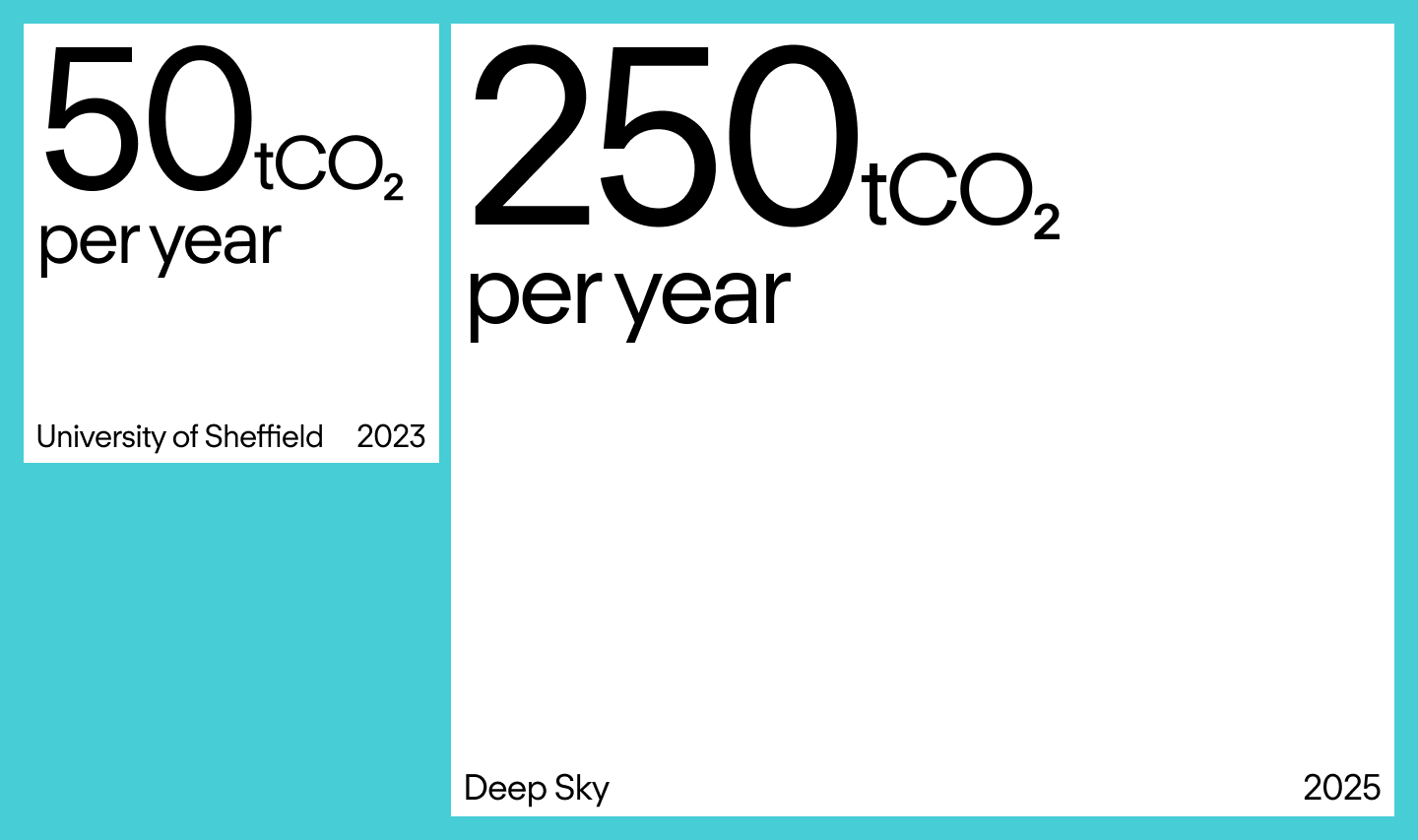
The world’s most diversified DAC developer
Our third deployment marks a key milestone, proving the broad commercial appetite for our solutions, as well as demonstrating the robust supply chains and easy integration which enable our modular, process-agnostic technology to scale rapidly across the globe.
As a DAC developer, we have purposely sought to connect our solutions with as many different carbon removal and utilisation pathways as possible. This allows us to acquire hands-on experience and real-world operational data across diverse industrial environments — so we can learn, optimise, and de-risk our solutions faster. It also enables us to help empower as many industries as possible to decarbonise and defossilise their operations.
The knowledge we have already acquired in deploying DAC three times in the space of two years is directly informing our next-generation solutions for multi-kilotonne scale annual carbon removal.

This represents an important step for the wider DAC industry, as Deep Sky is beginning to operate multiple technologies at its DAC hub in Canada. We are excited to have Mission Zero be one of the first technologies live at Alpha this summer.
Alex Petre, CEO, Deep Sky
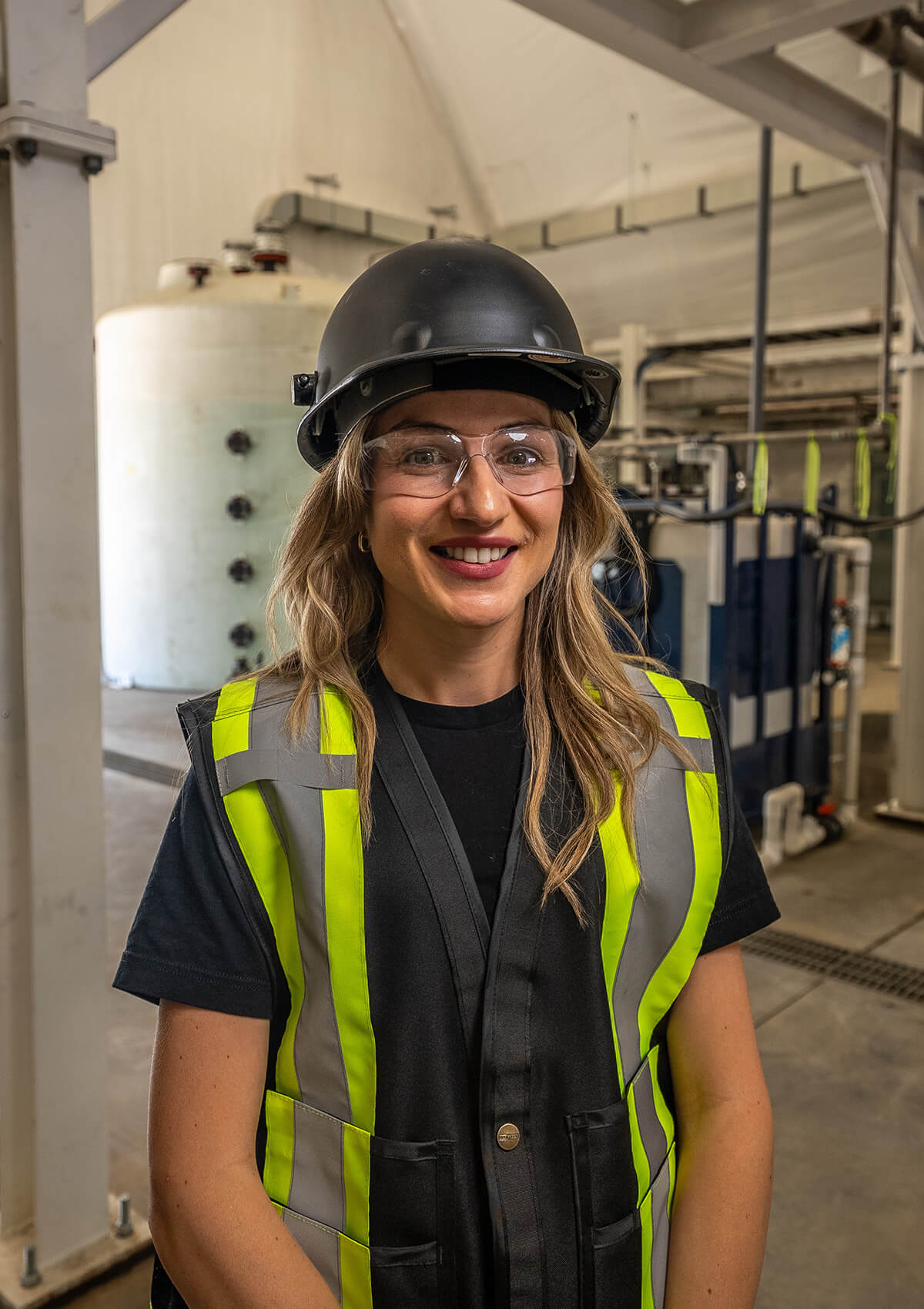

I am proud to prove a third commercial use case for our direct air capture technology on a new continent. This third deployment demonstrates that we’ve established an exportable model for scaling internationally and is a testament to our combined teams’ ability to deliver critical climate solutions at pace.
Dr Nicholas Chadwick, Co-founder and CEO, Mission Zero Technologies
